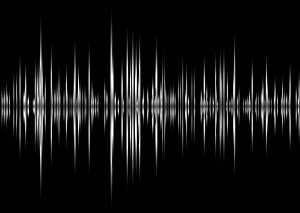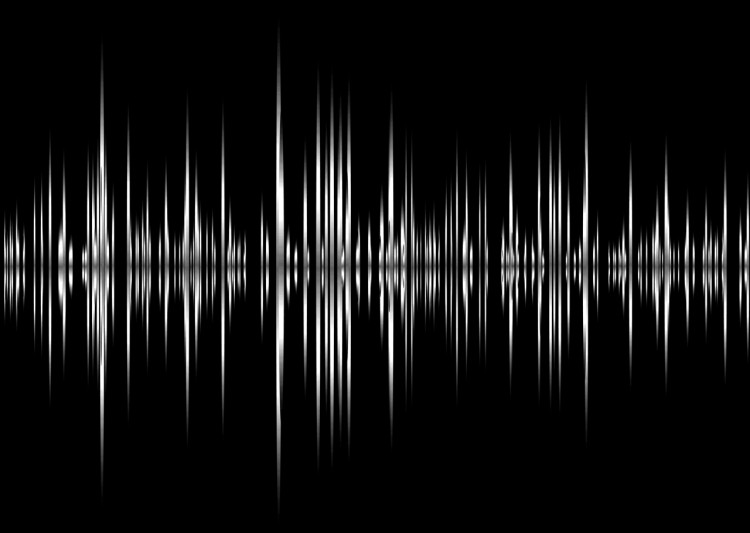 I got a request the other day for a one-line text ad for a trade show website. Later the same day, I was on a Twitter chat about using video as a marketing tool, particularly on social media.
I got a request the other day for a one-line text ad for a trade show website. Later the same day, I was on a Twitter chat about using video as a marketing tool, particularly on social media.
The Twitter chat focused on how video was better than other media, because it’s humanizing, it makes a brand seem real, you can see people doing and acting – seemingly obvious attributes to me because of the concept of communication cues and noise in the channel.
Consider the lowly text message, oft-decried for its frequent misinterpretation because of the inability to deduce tone from text. Emojis try to add tone, but you’re still left with an inferior method of communication, because you have only the content of the message without any visual or audio cues.
Instead of texting, you decide to go old school and make a phone call. You’ve added audio cues to the channel, which help the person on the other end infer more from your tone. Audio quality on the phone is low-fidelity, though, so you’re losing some of the tone. If you get a bad connection you may have noise in the channel. An admitted advantage as compared to text is permanence. Unless you are recording the phone call, you can’t go back and refer to it later.
Video calls and services like Skype add visual cues, but also lack permanence and add technology issues. You’re also not likely seeing the whole person – maybe just a talking head. Body language is lost.
Face-to-face meetings, while lacking permanence, are as close to a perfect communication channel as possible, as they contain all the possible signals.
What does this have to do with marketing?
The concept of noise in the channel usually indicates that your prospect or buyer is misinterpreting your message because of the limitations of the medium in which you’re communicating, your own communications skills, or a one-way message misinterpreted by reader bias. This noise doesn’t have to be media malfunctions. If your medium can’t transmit certain communications cues, it’s essentially silent.
Sometimes silence is noise, too.

2 thoughts on “Noise in the channel”